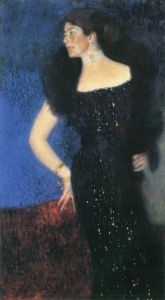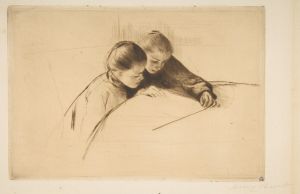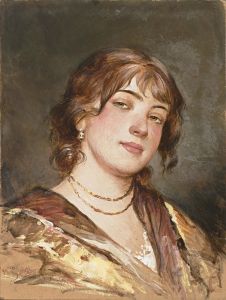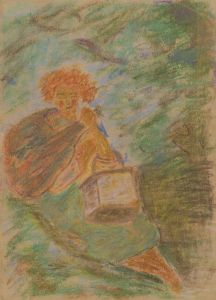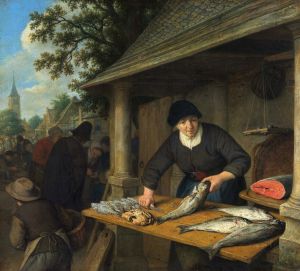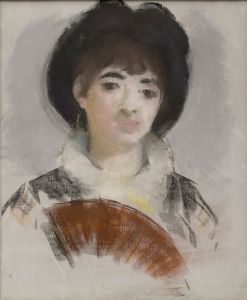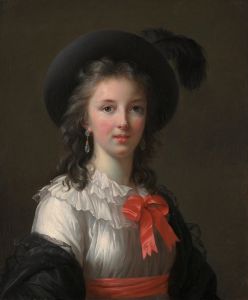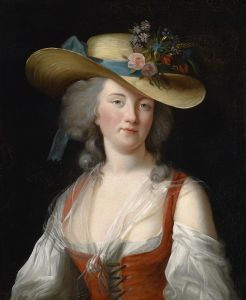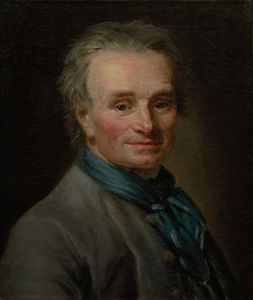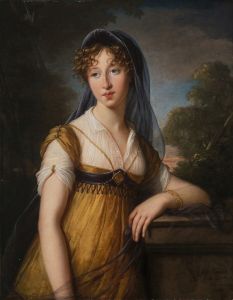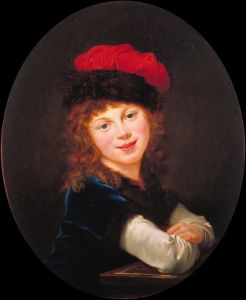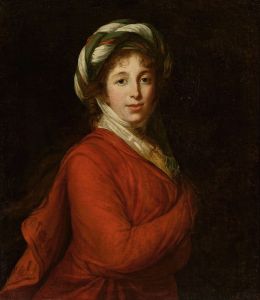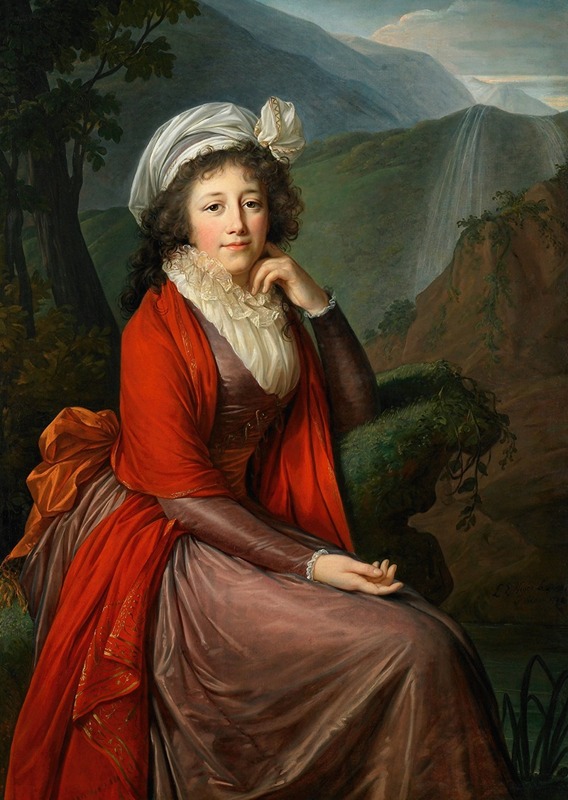
Portrait of Countess Maria Theresia Bucquoi, née Parr
A hand-painted replica of Elisabeth Louise Vigée Le Brun’s masterpiece Portrait of Countess Maria Theresia Bucquoi, née Parr, meticulously crafted by professional artists to capture the true essence of the original. Each piece is created with museum-quality canvas and rare mineral pigments, carefully painted by experienced artists with delicate brushstrokes and rich, layered colors to perfectly recreate the texture of the original artwork. Unlike machine-printed reproductions, this hand-painted version brings the painting to life, infused with the artist’s emotions and skill in every stroke. Whether for personal collection or home decoration, it instantly elevates the artistic atmosphere of any space.
Elisabeth Louise Vigée Le Brun was a prominent French portrait painter of the late 18th and early 19th centuries, renowned for her refined and elegant style. She was one of the few women admitted to the Académie Royale de Peinture et de Sculpture and became a favorite portraitist of Queen Marie Antoinette. Her work is characterized by its graceful depiction of her subjects, often capturing the subtleties of their personalities and the luxuriousness of their attire.
One of her notable works is the "Portrait of Countess Maria Theresia Bucquoi, née Parr." This painting exemplifies Vigée Le Brun's skill in portraying the aristocracy of her time with both elegance and sensitivity. The Countess Maria Theresia Bucquoi was a member of the European nobility, and her portrait reflects the status and sophistication associated with her rank.
In this portrait, Vigée Le Brun employs her characteristic use of soft, harmonious colors and delicate brushwork to create a lifelike representation of the Countess. The attention to detail in the depiction of the Countess's attire and accessories is notable, showcasing the fashion of the period and the wealth of the sitter. The artist's ability to render textures, such as the sheen of silk and the sparkle of jewels, adds to the painting's realism and allure.
Vigée Le Brun was known for her ability to put her sitters at ease, which is evident in the relaxed and natural pose of the Countess. The expression on the Countess's face is serene and composed, suggesting a sense of confidence and poise. This ability to capture the essence of her subjects contributed to Vigée Le Brun's popularity among the nobility and her enduring reputation as one of the leading portraitists of her time.
The background of the portrait is typically understated, focusing attention on the sitter. Vigée Le Brun often used neutral or softly colored backgrounds to enhance the luminosity of the subject's face and attire. This technique is evident in the portrait of Countess Maria Theresia Bucquoi, where the simplicity of the background serves to highlight the Countess's features and the richness of her clothing.
Elisabeth Louise Vigée Le Brun's portraits are celebrated for their elegance and the insight they provide into the fashion and social mores of the late 18th century. Her work offers a window into the lives of the European elite during a period of significant cultural and political change. The "Portrait of Countess Maria Theresia Bucquoi, née Parr" is a testament to Vigée Le Brun's artistic talent and her ability to capture the grace and dignity of her subjects.
This painting, like many of Vigée Le Brun's works, remains an important piece of art history, reflecting both the personal style of the artist and the broader artistic trends of her time. Through her portraits, Vigée Le Brun not only documented the appearances of her sitters but also conveyed their personalities and the societal values of the era.





